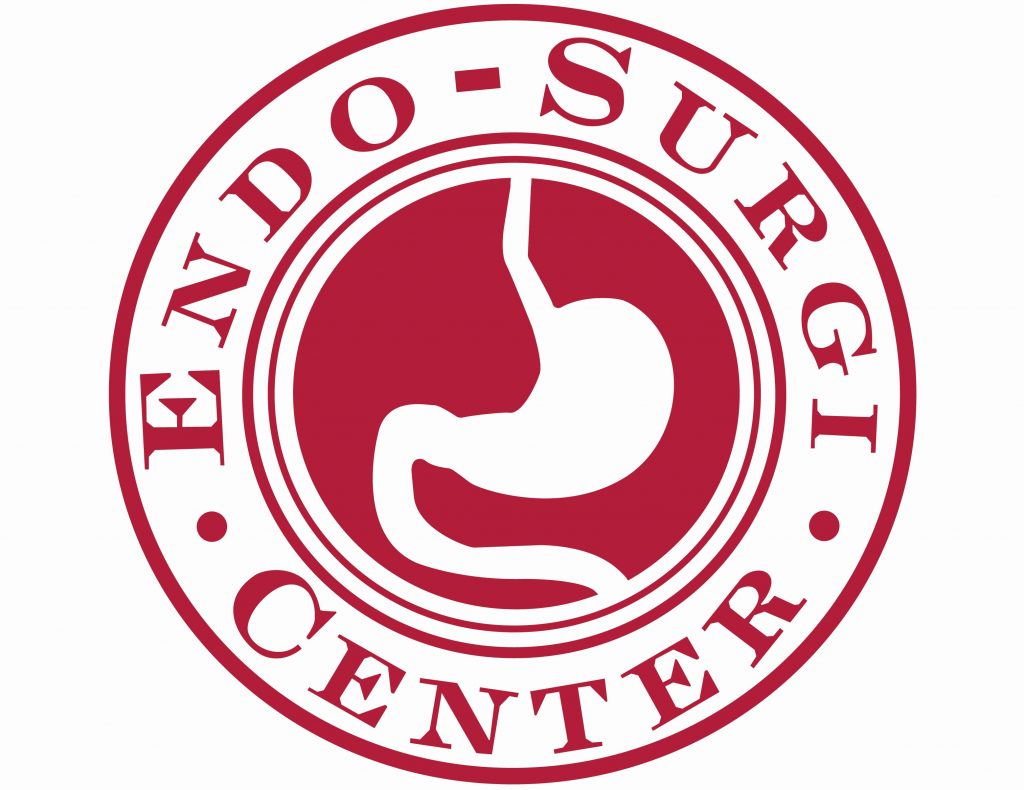Abdominal Pain
Abdominal pain is one of the most frequent forms of pain among adults and children. Pain in the stomach area can be as simple as a belly ache or it can be life-threatening.
Learn MoreAbdominal pain is one of the most frequent forms of pain among adults and children. Pain in the stomach area can be as simple as a belly ache or it can be life-threatening.
Learn MoreBarrett’s esophagus is a complication of chronic acid reflux, also known as gastroesophageal reflux disease (GERD).
Learn MoreCeliac disease is a genetic digestive disorder that causes damage to the small intestine, interfering with nutrient absorption from food. People who have celiac disease cannot tolerate gluten, a protein found in wheat, rye and barley.
Learn MoreA person who has loose, watery stools more than three times a day, for longer than two weeks, is experiencing chronic diarrhea. Other symptoms include cramping, nausea, bloating and an urgent need to have a bowel movement.
Learn MoreCirrhosis is a condition that causes the slow deterioration of the liver due to scarring. Over time, the liver will malfunction and not be able to perform its primary functions of making protein, fighting infections, storing energy and cleaning blood.
Learn MoreColon cancer is the second deadliest form of cancer in America. Here is what you need to know about colon cancer.
Learn MoreConstipation is a common gastrointestinal problem that affects approximately 30 percent of the general population and is most common in women, children and the elderly. Even though it is a common problem, constipation should not be ignored as it can have serious side-effects if it persists.
Learn MoreCrohn’s disease is a type of inflammatory bowel disease (IBD). This chronic disorder causes inflammation in the digestive tract, also known as the GI tract, which can lead to abdominal pain, diarrhea, rectal bleeding and other symptoms.
Learn MoreDiverticulosis is a condition when small pouches, called diverticula, form in the wall of the colon. This becomes more common as people get older. About half of people over the age of 60 have diverticulosis. A low-fiber diet can exert more pressure on the colon during bowel movements, which can cause these pouches to form. Diverticulosis does not cause any symptoms until they become inflamed or infected resulting in diverticulitis. These two conditions together are called diverticular disease.
Learn MoreThe term gastrointestinal (GI) refers collectively to the organs of the body that play a part in food digestion. A gastroenterologist is an internal medicine physician who has undergone additional education and training to specialize in gastroenterology, or the treatment of diseases in the gastrointestinal tract and liver.
Learn MoreAcid reflux occurs when stomach acid backs up into your esophagus. This may cause heartburn and may ultimately cause damage to the lining of the esophagus.
Learn MoreHelicobacter pylori (H. pylori) is a bacterium that causes inflammation of the stomach, chronic gastritis, and ulcers in the stomach or small intestine.
Learn MoreHemorrhoids are veins around the anus or lower rectum that have become swollen and inflamed. Hemorrhoids can happen either inside the anus or under the skin around the anus. They are common in both men and women.
Learn MoreHepatitis literally means “inflammation of the liver.” Hepatitis is a viral disease which targets the liver includes several strains, but the most common types of viral hepatitis in the United States are hepatitis B and hepatitis C.
Learn MoreHepatitis C is a contagious liver disease, most often spread through contact with blood infected with the Hepatitis C virus. The virus can also be passed on through childbirth or unprotected sex.
Learn MoreWhen a part of the body pushes into another area where it is not intended, this is known as a hernia. A hiatal hernia is a hernia that develops when the stomach moves above the diaphragm.
Learn MoreIndigestion is a persistent pain or discomfort in the upper abdomen. This symptom is typically a sign of an underlying problem such as chronic acid reflux, also known as gastroesophageal reflux disease (GERD), ulcers, or gallbladder disease.
Learn MoreIrritable Bowel Syndrome (IBS) affects the large intestine (colon) and can cause bloating, abdominal cramping and a change in bowel habits.
Learn MoreA peptic ulcer is a sore in the lining of the stomach or first part of the small intestine called the duodenum. When an individual has chronic peptic ulcers, it is known as peptic ulcer disease (PUD).
Learn MoreRectal bleeding should be viewed as a symptom and not a disorder itself. Most rectal bleeding is associated with a condition that can be treated.
Learn MoreReflux esophagitis is one of the complications that can come from having chronic heartburn and acid reflux, also known as gastroesophageal reflux disease (GERD). Esophagitis is inflammation that damages the lining of the esophagus and often causes painful or difficult swallowing and chest pain.
Learn MoreMost people have experienced some type of stomach problem or discomfort in their lifetime. A person experiencing swallowing problems, which is called dysphagia, may have difficulty swallowing foods or liquids.
Learn MoreAn ulcer is a disruption of the surface of the skin or a mucus membrane, which results in an open sore that may heal very slowly. Ulcers can develop on many areas of the body but the most common ulcers are found in the gastrointestinal tract.
Learn MoreUlcerative colitis (UC) is an inflammatory bowel disease (IBD) that causes inflammation in the lining of the rectum and colon. Ulcers form where inflammation has injured the cells that usually line the colon, which then may bleed and create pus.
Learn More